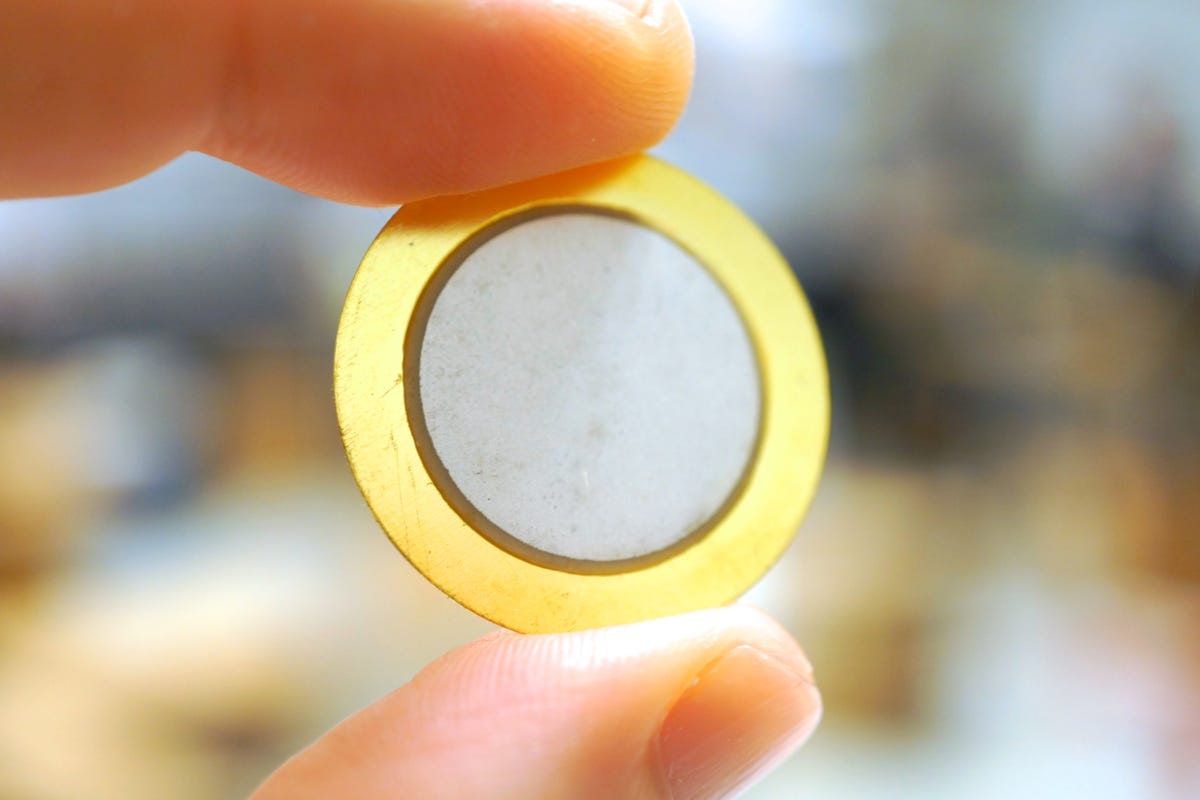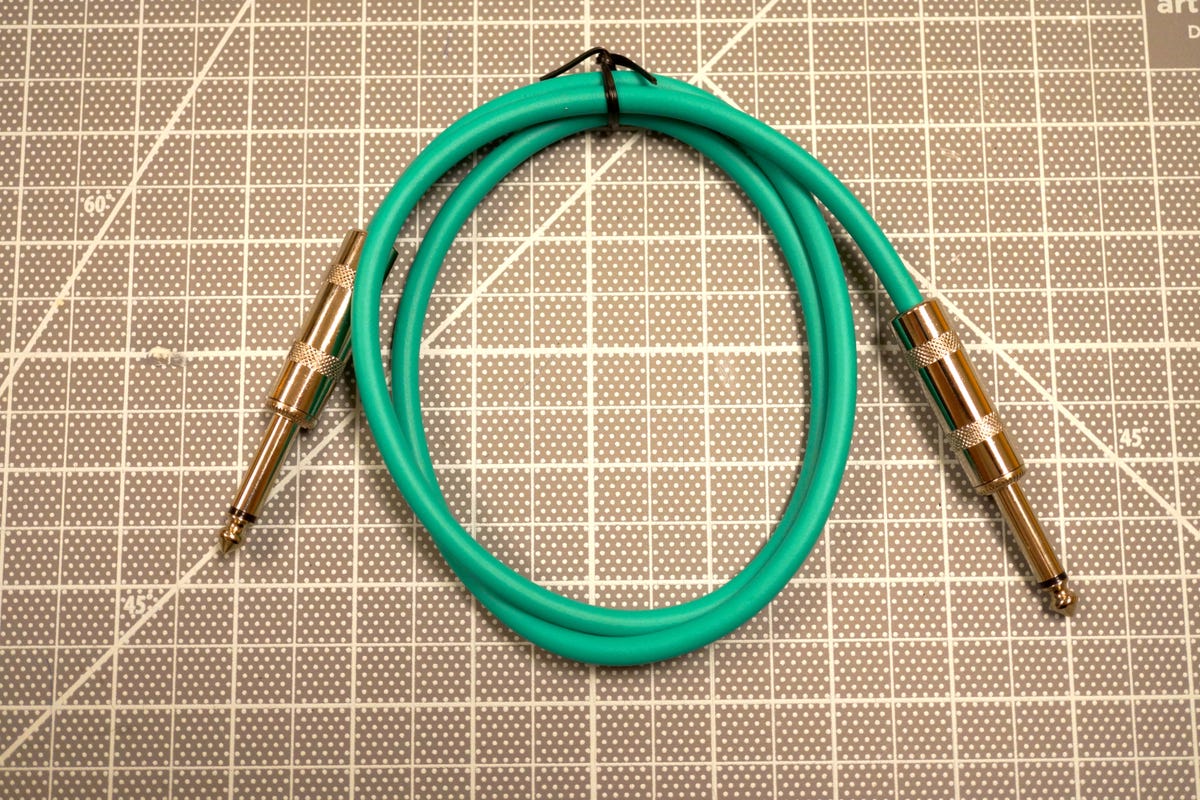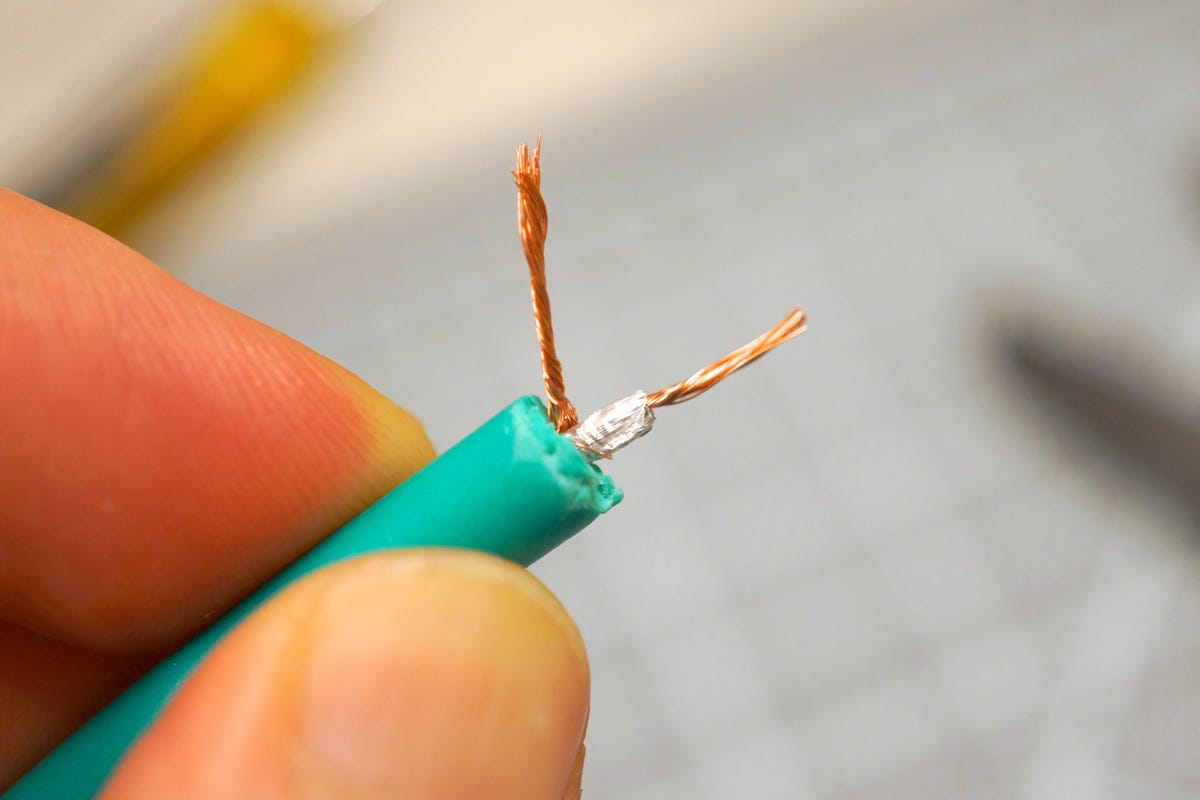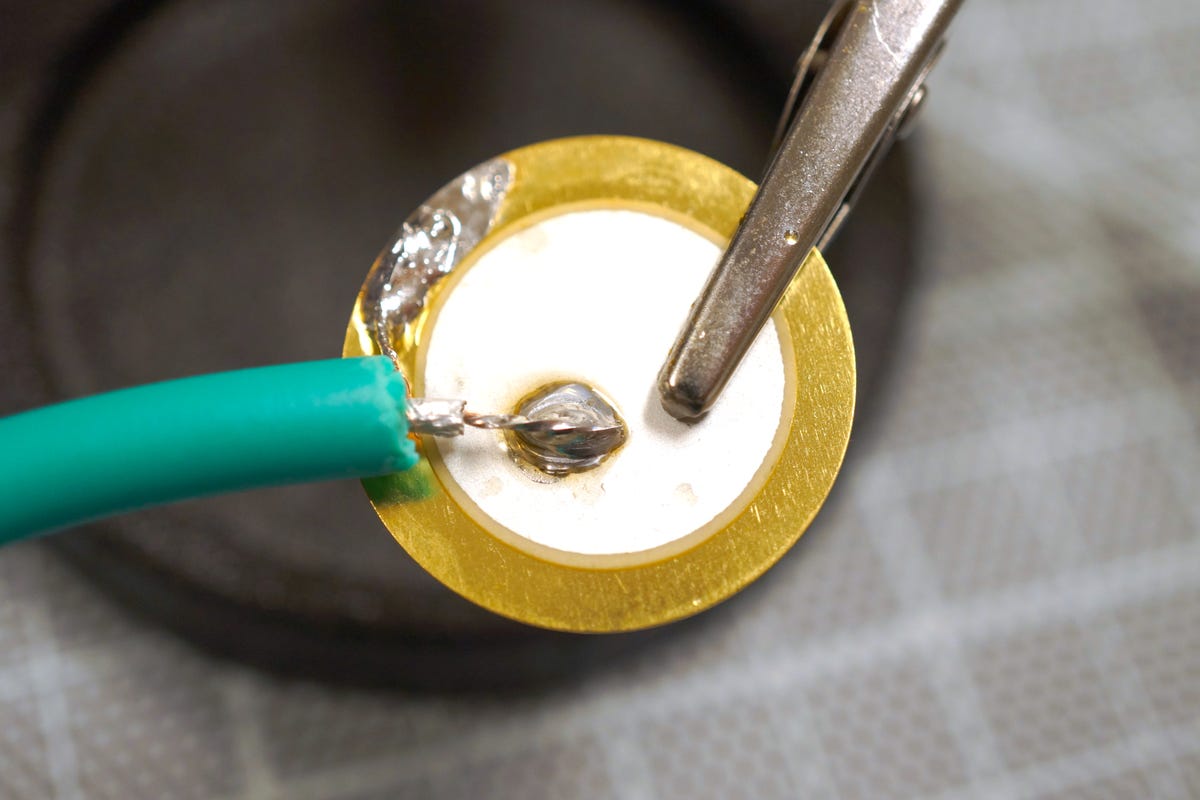

Now playing:
Watch this:
Make your own microphone
0:53
In the following guide, I’m going to show you how to make and use a simple microphone that will allow you to hear everyday objects in new and interesting ways. If you love having fun with sound, this project is for you.
Contact microphones, or piezo mics, come in all shapes and sizes. They’re commonly used to record acoustic instruments, such as violins, or acoustic guitars. But they’re also uniquely able to pick up unusual sounds that we can’t easily hear with our own ears. “Star Wars” sound designer Ben Burtt famously created the movie’s iconic laser blaster sound by hitting a radio station guy wire with a wrench and recording the results using a contact mic.
You’ll hear some more sound examples later, but first let’s go through the materials you’ll need to make your own contact mic.

Donald Bell/CNET
You’ll want a handful of 27mm piezo discs. Technically, you’ll only need one, but having some throwaways will make the project less stressful. These discs are commonly used as buzzers or doorbell buttons. I picked a pack of 10 up on eBay for around $7 shipped. You can also get some that are pre-wired, but I prefer a challenge.


Donald Bell/CNET
For the cable, I’m using a ¼-inch guitar cable. This 3-ft long one was just $6 on Amazon.
For the tools, I have a soldering iron, some solder, some wire strippers, and a pair of safety glasses can’t hurt. I’ll also be using some helping hands but they’re aren’t necessary. Just realize that if you’re soldering this flat on a table, the disc is so thin that you may roast the table a little.


Donald Bell/CNET
The first thing you’ll want to do is trim one end off the cable, then strip it down to expose the wires inside. You should see two wires. The inner, coated wire is the signal, and the outer, bare wire is ground.
Pull the bare wire to the side and give it a twist to prevent it from fraying. Then, strip about a ¼ inch of coating from the inner, signal wire.


Donald Bell/CNET
Next, solder the signal wire to the center ring. If you have an adjustable soldering iron, try to use as little heat as possible or else the metal on the disc starts to pool up. It won’t affect the sound but it looks sorta ugly.
Then, using a high heat, take the ground wire and solder it to the outer ring. That’s all there is to making a contact mic.


Donald Bell/CNET
You can use your mic with a an audio mixing board or a nice handheld audio recorder like the popular Zoom H4n ($200). Because the mic spits out a very weak signal, I recommend an impedance transformer like the $12 HOSA MIT-129. This will open up some extra low end on the microphone and increase its volume.
With this setup and a little double sided sticky tape, we can record things like an aluminum heat sink pulled from an old computer, or the sound of scissors opening and closing, or the sound of an industrial water jet cutting through steel. The following sounds were collected using my contact mic (full playlist).
There’s a whole world of sounds that open up with a contact mic. And now you know how to make one, so go out and explore. And if you record something amazing, upload it to Soundcloud and share it with me (@donald) on Twitter. Now go have fun.




